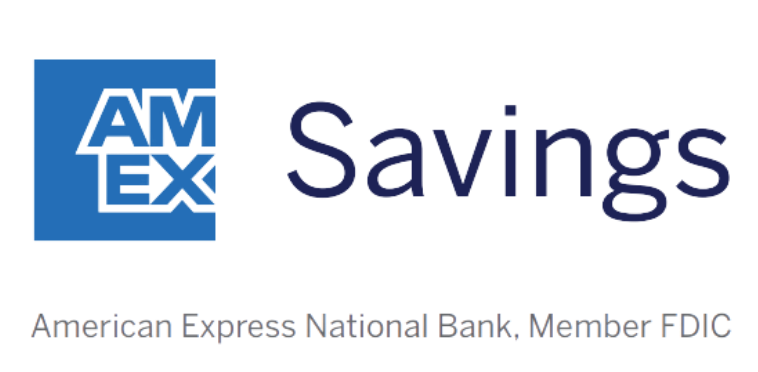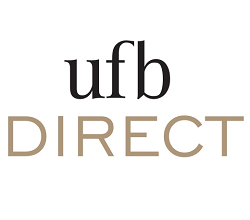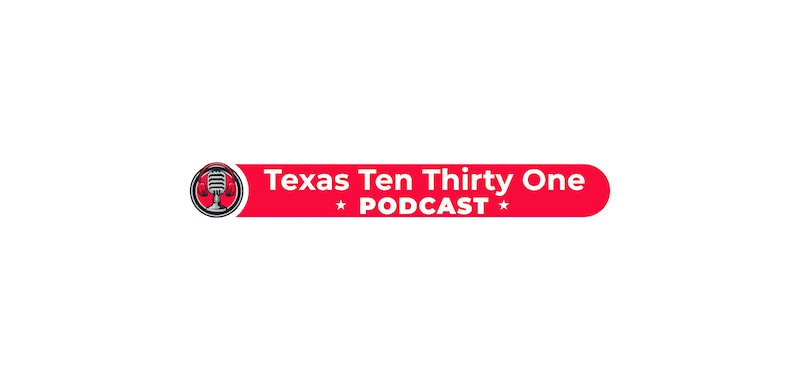According to the latest announcements from the Federal Reserve, it looks as if interest rate cuts are starting soon. At the end of July, Fed Chair Jerome Powell announced the Fed is likely to cut interest rates as soon as September and a 50 basis point (0.50%) cut is “not on the table.” As recently as Aug. 23, Fed Chair Powell said that “the time has come” for interest rate cuts.
Fed interest rate cuts have been long-awaited and much-debated — but what does this really mean for your savings account? Let’s look at the big picture of Fed interest rate cuts starting in September 2024, and what it means for you.
How much will the Fed cut interest rates in September 2024?
Based on the overall economic data we’ve seen in recent months and the Fed’s own public statements, we’re likely to see a 25 basis point (0.25%) interest rate cut in September 2024. Fed Chair Jerome Powell said in July that a 50 basis point rate cut was unlikely for September.
Why the Fed will (probably) only cut interest rates by 25 basis points
The Fed usually tries not to cut interest rates (or raise interest rates) too much, too fast. The Fed is trying to balance a few different goals as part of its mission of managing America’s monetary policy.
Our Picks for the Best High-Yield Savings Accounts of 2024
|
Capital One 360 Performance Savings 
APY 4.25%
|
APY 4.25%
|
Min. to earn $0 |
|
American Express® High Yield Savings 
APY 4.25%
|
APY 4.25%
|
Min. to earn $1 |
|
UFB Portfolio Savings Account 
APY 5.15%
|
APY 5.15%
|
Min. to earn $0 |
Stable prices
Inflation has already slowed significantly during 2024. If consumer price increases stay low, the Fed might decide it’s done fighting inflation, and start to cut interest rates more aggressively after September 2024.
Promote maximum employment
The Fed isn’t only trying to fight inflation; it’s trying to keep interest rates at a low enough level to keep people employed, so the economy won’t suffer. If interest rates are too high, companies will stop investing and hiring. This could throw millions of Americans out of work.
Promote moderate long-term interest rates
The Fed doesn’t want America’s national debt to get too expensive; higher interest rates also cause the U.S. government‘s borrowing costs to go up. By managing America’s money smartly and effectively, the Fed is (hopefully) showing the world’s bond market that the U.S. government is a stable, reliable borrower — kind of like maintaining a good credit score, but for an entire country.
The Fed has to tread lightly when cutting interest rates. The Fed’s interest rate moves can’t be seen as overreacting or panicking. For example, if the Fed cuts interest rates by 50 basis points (or more) in September 2024, that might send a signal to the stock and bond markets that the U.S. economy is weaker than expected. This could cause financial panic and market selloffs.
What a 25 basis point rate cut will do to savings accounts
Bank savings account APYs are not fixed. They go up and down based on the bank’s decisions and can fluctuate along with the Fed’s interest rate cuts (or hikes). So if the Fed cuts interest rates by 25 basis points in September 2024, the best savings account APYs will likely go down by about 25 basis points.
For example, instead of 5.31% APY that you can get with the best bank savings account (as of Aug. 24, 2024), a 25 basis rate cut would reduce that yield to 5.06% APY in September 2024. Think of it this way: after a reduction of 25 basis points, every $1,000 of savings will earn $2.50 less per year.
What a 25 basis point rate cut will mean for the best CDs
Some of the best CDs (as of Aug. 24, 2024) are paying 5.00% APY for a one-year term. If you want to earn the highest yield on your savings, right now, before rate cuts, could be the best time to lock in a 1-year CD.
Unlike savings accounts, CD rates are fixed. If you can get 5.00% APY for one year, you’ll keep earning that 5% yield for the full 12 months of your CD’s term — even if the Fed cuts interest rates during that time.
But here’s a big downside of even the best CDs: You have to lock up your cash. You can’t take your deposits out of a CD until the term is up or you’ll likely face an early withdrawal penalty.
Unless you have lots of cash and are in no danger of spending your emergency fund, don’t open a CD based on Fed interest rate cuts. Don’t keep emergency cash in a CD. The best savings accounts and money market accounts — even after possible rate cuts — are the best places to keep cash that you might need next month, next week, tomorrow, or today.
Bottom line
The Fed is likely to cut interest rates by 25 basis points in September 2024. But that doesn’t mean you should hurry to open a CD and lock in a higher APY. The best savings accounts are still a good deal — and likely the best place to keep your cash — even after a small rate cut.

